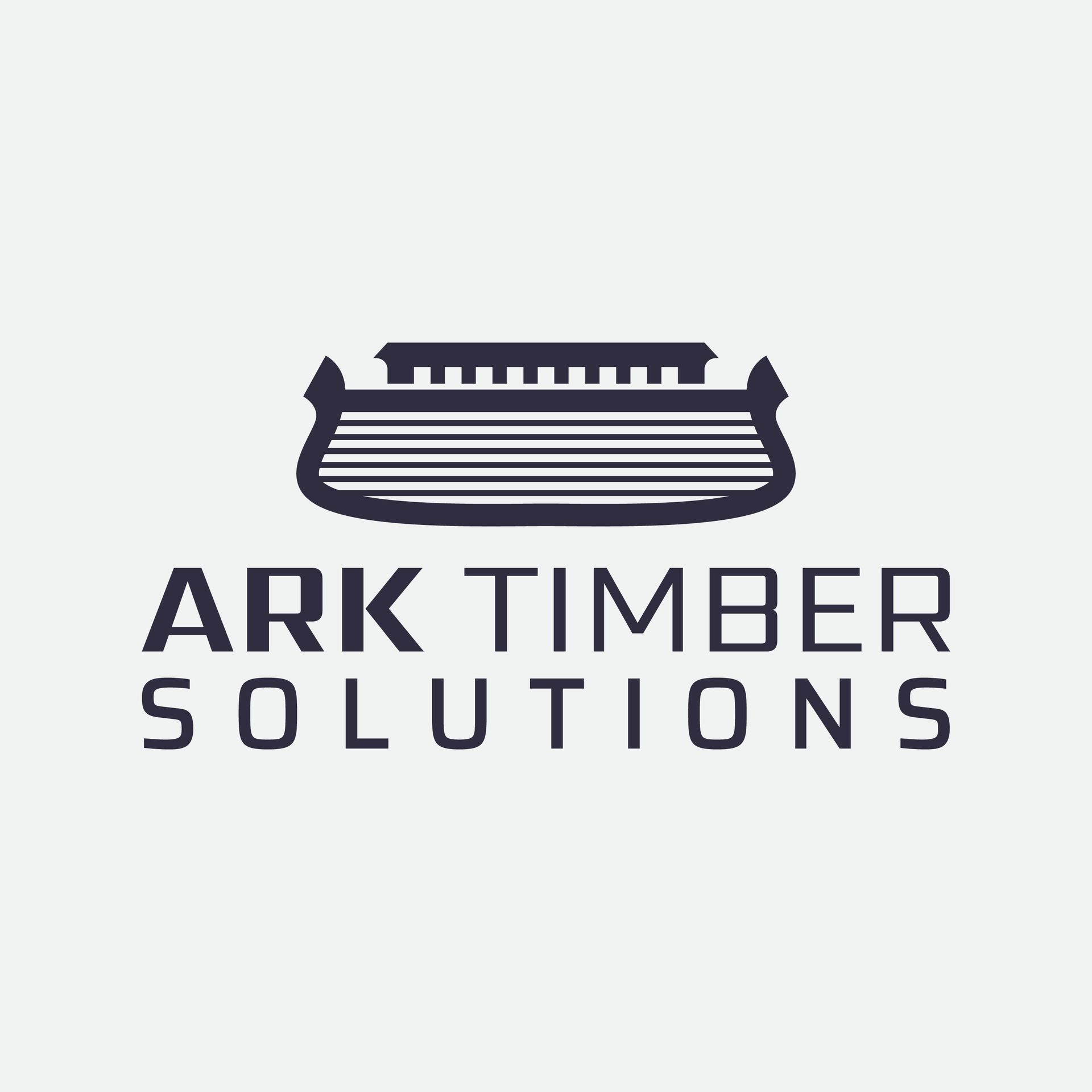Timber Frame vs. Traditional Brick: Which is Right for Your New Build?
Understanding Timber Frame Construction
Timber frame construction is an ancient building method that has stood the test of time. Known for its sustainability and efficiency, this method involves creating a structure using a framework of heavy timber beams that are joined together. These frames support the building, allowing for open floor plans and large windows.
One of the primary advantages of timber framing is its environmental impact. Since timber is a renewable resource, it offers a more sustainable option compared to other materials. Additionally, timber frames can be prefabricated off-site, which reduces construction time and waste.

Advantages of Timber Frame Construction
Timber frame homes are not only aesthetically pleasing but also offer several practical benefits:
- Insulation and Energy Efficiency: Timber frames provide excellent insulation, helping to reduce heating and cooling costs.
- Design Flexibility: The strength of timber allows for versatile designs with fewer load-bearing walls.
- Speed of Construction: Prefabricated frames can significantly shorten the building timeline.
Exploring Traditional Brick Construction
Traditional brick construction has been a staple in architecture for centuries, known for its durability and classic appearance. This method typically involves using bricks as the primary building material, which are laid in a specific pattern and bonded together with mortar.
One of the key benefits of using brick is its longevity. A well-built brick home can last for generations with minimal maintenance. Additionally, bricks are highly resistant to fire, pests, and weather conditions, making them a reliable choice for many builders.

Advantages of Brick Construction
Brick construction offers several compelling benefits for homeowners:
- Durability: Brick homes have a long lifespan and require less frequent repairs.
- Low Maintenance: Bricks are easy to clean and maintain over time.
- Aesthetic Appeal: The classic look of brick adds character and value to any property.
Comparing Costs and Considerations
The choice between timber frame and traditional brick often comes down to cost and specific project needs. Timber frames can be more cost-effective in terms of labor and construction time, but material costs may vary based on location and availability. Brick construction might have higher initial costs, but its durability often translates to lower long-term maintenance expenses.

Making the Right Choice for Your Build
When deciding between timber frame and traditional brick for your new build, consider your priorities—whether they are centered around environmental impact, design flexibility, or long-term investment. Each method has its unique advantages, making it crucial to weigh these factors based on your specific needs and preferences.
Consulting with an experienced architect or builder can provide further insights tailored to your project, ensuring you make an informed decision that suits your lifestyle and budget.
